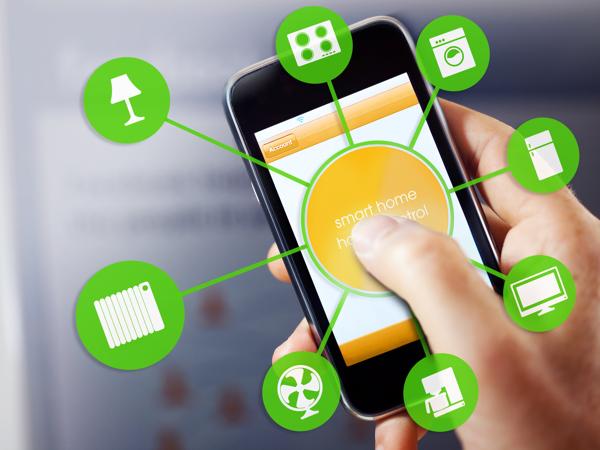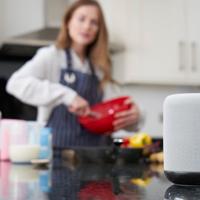In our increasingly digital world, automation apps have quietly become integral to our daily lives. While they may not carry the glamorous appeal of cutting-edge gadgets, these applications simplify complex processes, increase productivity, and help us manage the intricacies of modern living more efficiently.
What Are Automation Apps?
Automation apps are software tools that perform predefined tasks automatically without manual intervention. These tasks can range from simple actions, like sending a reminder, to more complex sequences involving multiple steps and conditions. The primary goal is to reduce repetitive workload and free up time for more meaningful activities. You can learn more about different automation apps.
A Glimpse into the Benefits
Automation apps provide various benefits. They can help streamline work processes, enhance personal productivity, and even manage home devices. By offloading repetitive tasks, users often find themselves with more time and mental space for activities that require critical thinking and creativity.
For example, consider an app that automatically sorts your email inbox, categorizing messages into folders. This not only helps declutter the inbox but also ensures important messages aren't missed. Automation can be simple yet quietly impactful.
Common Types of Automation Apps
Task Automation Apps
One of the most popular categories, task automation apps like IFTTT (If This Then That) and Zapier allow users to create connections between different applications or services. For instance, you can set a rule to automatically save attachments from your email to cloud storage or send a notification to your phone when a specific weather condition is forecasted.
Home Automation Apps
These apps manage smart home devices, integrating functionalities like lighting, heating, and security systems. Applications such as Samsung SmartThings or Apple HomeKit provide users with centralized control over their home setups. You can, for example, schedule lights to turn on as soon as you arrive home, contributing to both convenience and energy efficiency.
Personal Productivity Apps
Automation can also enhance personal and professional productivity. Apps like Todoist and Trello incorporate automation features to help users manage tasks and projects more effectively. For instance, you can set recurring tasks to automatically appear on your to-do list, ensuring nothing slips through the cracks. Learn more about automating your daily tasks.
Real-World Applications
Let’s delve into some specific use-cases that illustrate the utility of automation apps:
Workflows in Professional Settings: In offices, automation apps can be used to streamline client communications, schedule recurring tasks, and even automate social media postings. For example, marketing professionals often use tools like Buffer or Hootsuite to automate and schedule their social media content ahead of time.
Automated Financial Tracking: Personal finance apps such as Mint or YNAB help users automate budget tracking, bill payments, and even savings goals. This automation leads to better financial health, as users can immediately see where their money is going and adjust spending habits accordingly.
Smart Home Comfort: Technologies like Amazon Alexa or Google Assistant enable smart home devices to integrate seamlessly, allowing voice-controlled automation of daily routines. This can include actions like auto-locking doors at night or adjusting thermostats based on your location.
Challenges and Considerations
While automation apps offer several conveniences, it's essential to approach them mindfully. Ensuring data privacy, understanding app permissions, and choosing reputable software can mitigate potential security risks. Furthermore, striking a balance between automation and manual intervention is necessary to avoid over-reliance on technology.
Conclusion
Automation apps offer a blend of usefulness and efficiency, subtly enhancing our lives by addressing repetitive tasks. As technology progresses, these apps continue to evolve, promising exciting new features and integrations. Whether you're simplifying household chores or optimizing work processes, exploring automation apps might just add a touch of smart living to your daily routine.
For further exploration, consider reviewing resources like the IFTTT Blog or the Zapier Learning Center for practical examples and tips on integrating automation into your life. Embrace the journey towards an easier, more efficient lifestyle without forgetting the human touch that technology seeks to preserve.




